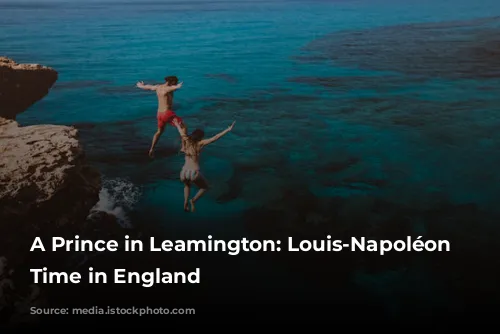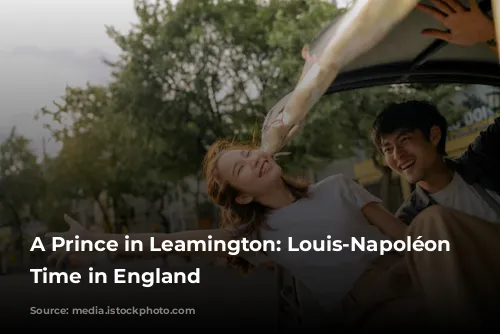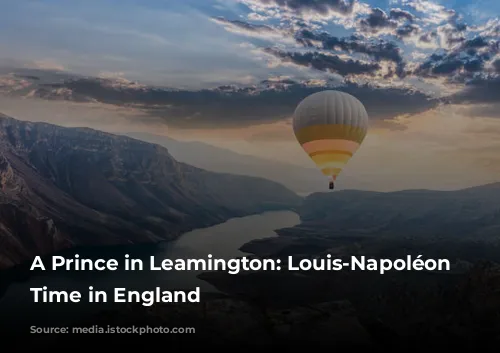Few towns can boast a resident whose face would later grace postage stamps and national currency. Leamington, however, has this unique distinction. Prince Louis-Napoléon Bonaparte, the Pretender to the throne of France, was a prominent figure in the town’s history, bringing a touch of royal intrigue and lavish social life to its streets.
This article delves into the captivating story of Prince Louis-Napoléon’s time in Leamington, exploring the social circles he frequented, the events he attended, and the legacy he left behind. It paints a vivid picture of a historical figure who, despite his exile from France, made a notable impact on the English town of Leamington.
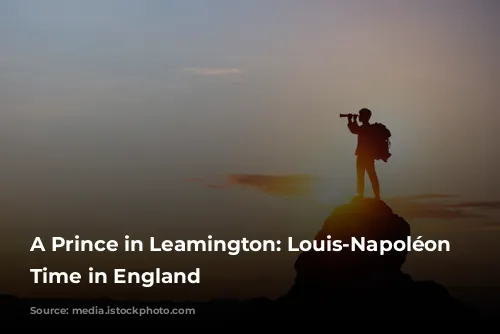
A Royal Arrival
Louis, nephew of Napoléon Bonaparte, was born on 20 April 1808, the third son of Louis Bonaparte, Napoléon I’s younger brother. Like other members of the Bonaparte family, he was forced into exile following his uncle’s abdication in 1815. In 1838, Prince Louis arrived in Leamington accompanied by his aide-de-camp Viscount Persigny and a retinue, arriving in three carriages via the newly-opened London to Birmingham Railway. They initially stayed at the Regent Hotel before settling into a spacious house at 6 Clarendon Square, a residence marked today by a blue plaque.
The local press, particularly the Leamington Chronicle, was abuzz with the news of this royal arrival, noting that the Prince was an avid sportsman and planned to participate in local hunting activities with his imported horses. The Chronicle reported, “Some of his horses are expected from Switzerland; he has lately made some purchases of others and intends shortly to take the field in the style of an English sportsman.”
This high-profile arrival set the stage for a whirlwind of social events in Leamington. The Prince’s presence attracted the local nobility and gentry, creating a flurry of receptions, dinner parties, and grand balls. The local newspaper reported that a ball held in support of the Warneford Hospital drew a crowd of five hundred, including “most of the distinguished and fashionable persons either visiting or resident in Leamington.”

A Royal Life in Leamington
Prince Louis’s time in Leamington was a busy one, filled with social engagements and leisurely pursuits. He played billiards at the Upper Assembly Rooms, attended divine service at the Catholic Church in George Street, and participated in hunts with the Warwickshire Hounds. Despite his French heritage, he spoke English fluently, though with a hint of German accent. He reportedly made a humorous faux pas at a dinner when he proposed a toast to “the ladies of the town,” clearly intending to say “the ladies of Leamington.”
There was much speculation in the local newspapers about a possible marriage between the Prince and the Grand Duchess Olga, daughter of Nicholas I of Russia, but these rumors were unfounded. Louis was a bachelor, and his time in Leamington was a period of social engagement and leisure.
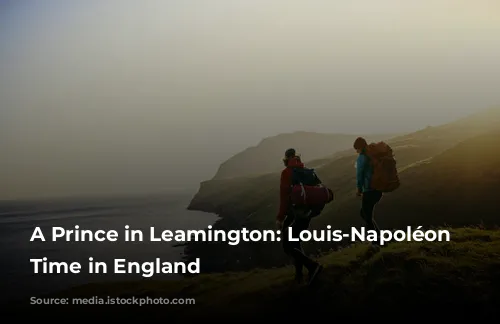
From Leamington to a Throne
The following year, Prince Louis left Leamington to focus on his efforts to restore the Bonapartists to power in France. His ambitions eventually bore fruit: he was elected President of France and later assumed the title of Emperor Napoleon III. However, his aspirations for a grand French empire were ultimately thwarted by a disastrous war with Prussia, culminating in a crushing defeat at the Battle of Sedan in 1870.
Despite his political setbacks, Louis-Napoléon’s legacy endures in the architectural transformation of Paris. Under his rule, the French capital underwent a radical makeover, replacing the narrow, medieval streets with broad, tree-lined avenues, a project spearheaded by Baron Georges Haussmann. This large-scale urban planning project, a testament to Louis-Napoléon’s vision, reshaped Paris, leaving a lasting imprint on the city’s landscape.

A Lasting Legacy
Louis-Napoléon Bonaparte, the exiled prince who once graced the streets of Leamington, spent his final years in exile at Chislehurst in Kent. He is buried in the crypt of Saint Michael’s Abbey in Farnborough, alongside his wife, Empress Eugénie, and their only son, the Prince Imperial.
Though his political career was tumultuous, Louis-Napoléon’s impact on Paris, with its elegant avenues and grand boulevards, remains a tangible testament to his vision and ambition. His time in Leamington, while brief, brought a touch of royalty and excitement to the town, leaving a lasting mark on its history and social fabric. The story of Prince Louis-Napoléon’s time in Leamington serves as a reminder of the unexpected and enduring impact that historical figures can have on even the seemingly ordinary corners of the world.

